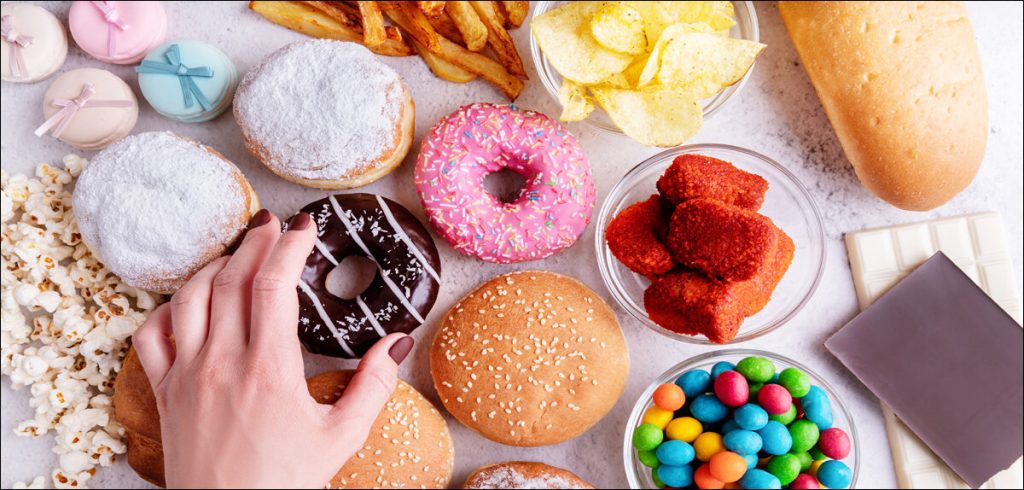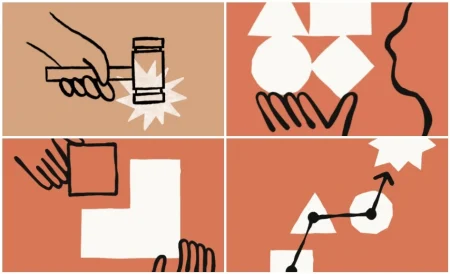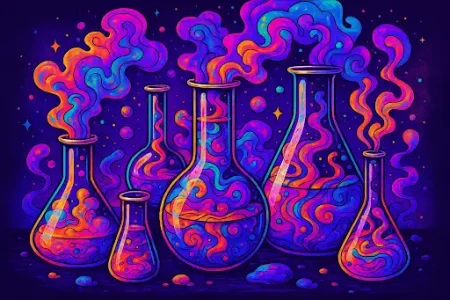Social media has a bigger impact on our lives than ever before. Madhulika Dash explains how the once fad has become a phenomenon.
Ever picked up a packet of chips and wondered later what made you choose that one among many?
While common sense would equate it to one or all these reasons – accessibility, association, visual stimulations, peer/social acceptability and to some extend the taste – what if it were a subconscious decision made for you by someone in Namkum (that is in Bihar, by the way).
How is it possible, you ask? The thanks must go one hundred percent to two interesting concepts – social media and artificial intelligence. Tech innovations that over the years have not only changed how we perceive things – once that advertisement and films did – but how we structure our lives, even tittynope things like which packet of chips to buy, water to drink and even how much to smile.
But how does social media do it in such an effective and evolving manner? A technical explanation for this is by playing on what holds your attention by exploring in every format, and two, by with connect.
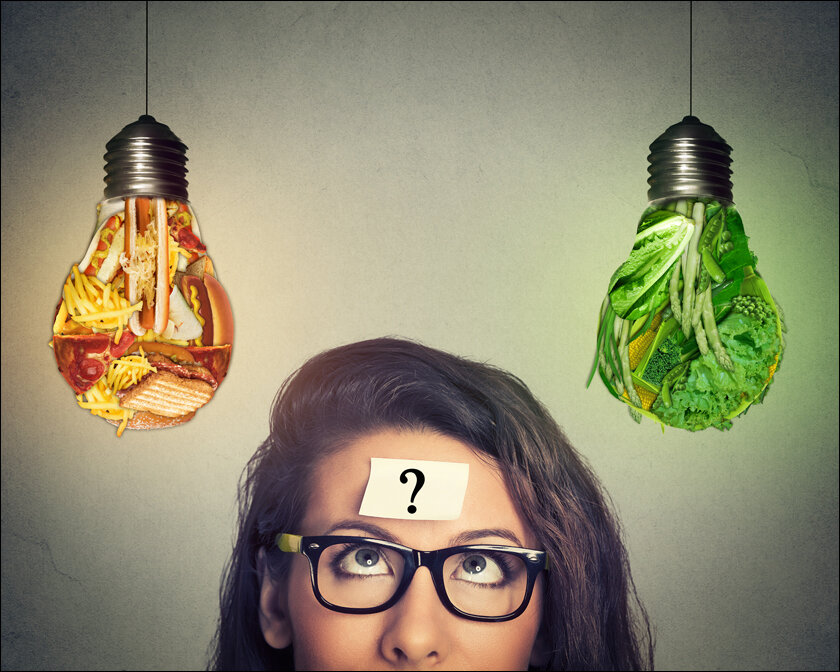
Let us simplify it: Imagine, you have searched for a desk organizer or a simple recipe for dal tadka. While a video or two in the web space would get you your answer, at the back of it, there is a synchronized code working to not just aid you with your search in an effective manner but also chalking the probable path you would take in the next few moments (Remember the Person of Interest series).
The playout begins first with randomly selected sites organized in terms of popularity to help you with your query, along with a few, a few related but random suggestions too. The videos you scroll to the video that you finally watch gives them two valuable insights: one the kind of video you like – think picture quality, easiness, time spent to other minor preference like the language, history, process, and such – and two, the two potential pathways you can be guided to.
This is done simply with what next you have searched or clicked. It is here that the role of AI or Artificial Intelligence comes to play as it helps create a digital profile along with a rough sketch of the models of your mimetic desires – a complex set of emotions that drive your needs, want and desires. It is this rough sketch that the algorithm works on to display your next display screen the moment you log on to any social platform/media.
A reason the next day YouTube or Instagram suggestion is full of videos that talk about furniture, history, desk organizer, TikTok videos of going clutter-free to even philosophical ones other than advertisement that promote related products. The idea of creating such a vast carnival is to first get you engaged and two, create a scenario in which while you think you are making an informed decision, is being made for you with passive but aggressive suggestion.
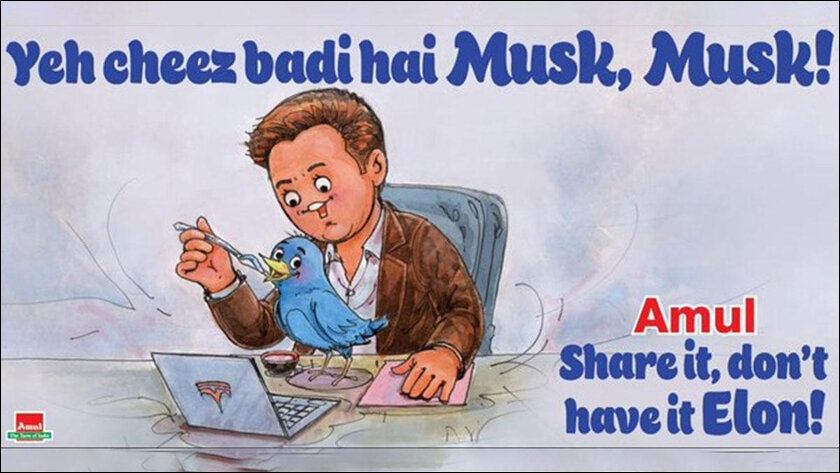
The outcome is often the same that an effective Amul advertisement manages to help you get something that you may have not wanted, but now desire and need.
It is a clever vortex that keeps on evolving much like Sonny in the movie I, Robot. As a result, even when we know what is happening, we are gladly sucked in, every time.
The Imitation Game
What makes social media jump the hurdles of logic? Our urge to connect, relate and be accepted – or as psychologist will frame it “the sum total of Mimetic Desire”. It is a concept that dates to the early years of civilization, where thanks to this desire not only we connected as a community, but on which vast empires were built, one dynasty influenced another, one country ruled over another. In other words, the emotion on which Rome was built.
So, what really is Mimetic Desires? Explained simply, it is a cobweb of emotions that helps us relate with people and build our vision of a good life with models, both internal and external. While both role models have the potential to influence us, the way they do is different: While external models work on larger perspective like establishing culture, thoughts on bigger issue and such it is the internal models that make the most impact when it comes to what we desire, want or need, purely because they are often our peers, neighbors or anyone we connect on a realistic ground. So, if they get a car or endorse a product, we are likely to think that is what we want too. One of the many reasons why films that have shown the girl next door eating junk food and still getting the prince (Cinderella inspired) or pop icons having humble or shared experiences have a bigger impact (think Michael Jackson). That is the formula that the world of politics, films, and advertisement has used to make an impact. And so does social media. However, what gives social media the ace is its outreach. And by that we really do not mean the boundary-less world the web is, but in terms of models of mimetic desire. Courtesy which today, on average everyone has thousand above such models with more adding and changing. So, who can be an external influence yesterday may be an internal model today and so on.
This process of having plenty allows AI and coders the liberty to not only redesign different impressions every time you log into social media – which has allowed people to interact, socialize and connect more freely – there is a new set of such models ready to enter your desire circle.

Pundits of Plurality
At this point one may argue that I barely scroll then how? Unlike conventional media that dependent on minutes spent, AI in social world works on the concept of nano seconds and connection that can be calculated based on how many times you have visited a person’s profile or videos, liked, commented, reshared or passed over. In fact, even when you click on a discontinue button, there are e-footprints that you have left as cues for reworking the engagement platter.
A few visible ways that social media does it are through suggestions that can be as because you like it, one that OTT platforms also use to gauge the interest meter of their users, and another by installing tools like retweet, remix, try it and such. But the biggest build up is done on the bevy of social influencers. People who are not celebrities but those who you can connect with on a more personal level, those who would interact with you and aid you to know things that one may be embarrassed to even talk about. We today know them as content creators, AI and social media’s finest tool on impact making.
Fascinatingly, unlike conventional media who brought forth a set of people who were then marketed as role models to be emulated; social media finds home in a variety of reasons that often begin with the impressions their work has made over a given time. But that is just one facet of how social media works in creating the web of influencers or people who help make the decision for you.
Curiously, while content creators use the medium to make money for them; it is the other way round where algorithms are used to influence the content creators to not just build their niche but also toe the line of trend that has been designed by algorithms based on the changing scroll habits of the users. This planned back action is the reason that one often sees a variety of videos done on a particular topic, song, hack, or even quirky food ideas like the unicorn. What allows the internet to have such a carnival-like impact is it allows any kind of liberty.
Things that may not find space in conventional media find home in these platforms thus driving not just content creators but people towards it. Add to that the behind the e-wall kind of interaction and the accessibility it gives to reach out to people who otherwise you may not have met or spoken offline makes social media the biggest, most vibrant, and evolving socializing platform.
Validation Addiction
But the barrage of information and the informal way of conversation is one carrot of the entire mistletoe of goodness that social media and AI tools dangle to lure us, the other equally important value addition is wider acceptability. No matter the quirkiness, one finds (or strives to find) acceptability through interaction. It is this sense of validation that not only outweighs the negatives of social media abuse, trolling and bullying, but also works the influencing ladder well. In fact, this relatability often leads to the selection of internal model of mimetic desire. And subconsciously one starts to mimic them. A perfect example of this are MasterChef winners whose videos are seen as more authentic than any celebrity chef with years of experience. The difference, the winner was once an average person, and thus an ideal candidate to be an internal model and a potential influencer in the long run.
The validation that one gets from social media, which uses all the tools to make it addictive, is perhaps the big drive that on one hand makes content creators innovate consistently to enable them to be trending, and that in turn refreshes the platform with newer influencers who have risen because one of their work went viral like the butter board, the banana bread or simply by reviving an old hack or fashion. Thus, continuing the cycle of new materials and AI ability to design your visual mood board on social platforms.
Final analysis
But how does one decide what is trending? Simple: Anything that eggs you to watch it (even when you know it is silly), is entertaining, and has the element of wonder. Curiously, however, most social media trends’ origin is untraceable. And the reason for this is not the numbers but the acute uncertainty of what would become a trend – one that belies the textbook definition given above. Take for instance the photography hack where pictures that show one walking are considered social media worthy.
Incidentally, the trick harks back to 5 century BC Rome when sculptors were asked to design statues that accentuated not just physical beauty but correct postures too. Example: The Doryphoros, which gives the illusion of ready to walk away any moment. Another incident are the hyper realistic food paintings and cakes that were first produced in the 6th century temples around Southeast Asia and India and was popularized by artist like Giuseppe Arcimboldo who painted a series of realistic food paintings for Holy Roman Emperor Rudolf II and is known for his masterpiece Vertumnus.
The key to a content becoming trend heavily relies on the interest of the end consumer, and often is a blend of everything that gets us to social media, the acute sense of boredom included. However, the last few steps to decision making often are the mimetic desire one shares with the model – in this case the account number. Then it just makes it easy.
For most of us, our internal models have been selected from an array of other content creators and hence are more qualified in our heads. The way it works in our brain is much like the top or packet of chips one picks at the superstore. There is the mark of credibility – which incidentally has been the work of a complex matrix code designed by AI and its algorithms helped by your digital profile.
In case you missed:
- None Found




